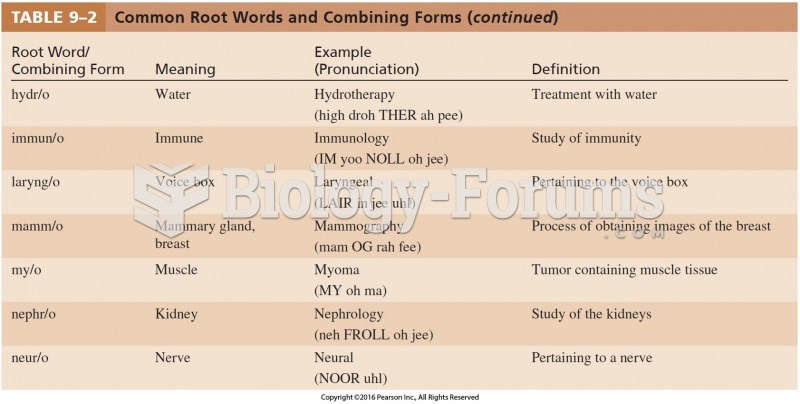Answer to Question 1
Discovery is the pre-trial opportunity for both parties to learn the strengths and weaknesses of the opponent's case. Discovery is aimed at aiding the parties in reaching a negotiated settlement of the case prior to trial or, if the case proceeds to trial, to make the trial more efficient and fair. The five most important forms of discovery are interrogatories, depositions, production of documents and things, physical and mental examinations, and electronic discovery. Interrogatories are written questions that an opposing party must answer in writing, under oath. Depositions are sessions of live questioning of opposing parties or potential witnesses under oath with lawyers for both parties present. Each side may ask the other for relevant documents for inspection or copying, for physical objects, or for permission to enter on land to inspect. A party may request that the court order a physical or mental examination of the other party if that is relevant to the case. Electronic discovery involves requests for furnishing relevant, nonconfidential emails and their attachments, as well as other electronically stored information.
Answer to Question 2
The process of jury selection is called voir dire. The court's goal is to select an impartial jury. Through a series of questions, attorneys for each side attempt to get the most favorable jury for their position. As potential jurors are questioned, either side may exclude a juror for cause (some reason to think the person may not be impartial) or via a limited number peremptory challenges, in which no reason must be stated for excluding a juror.







